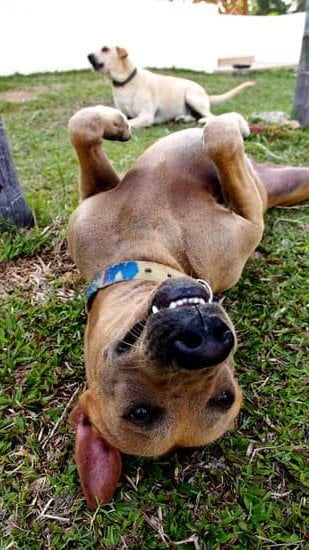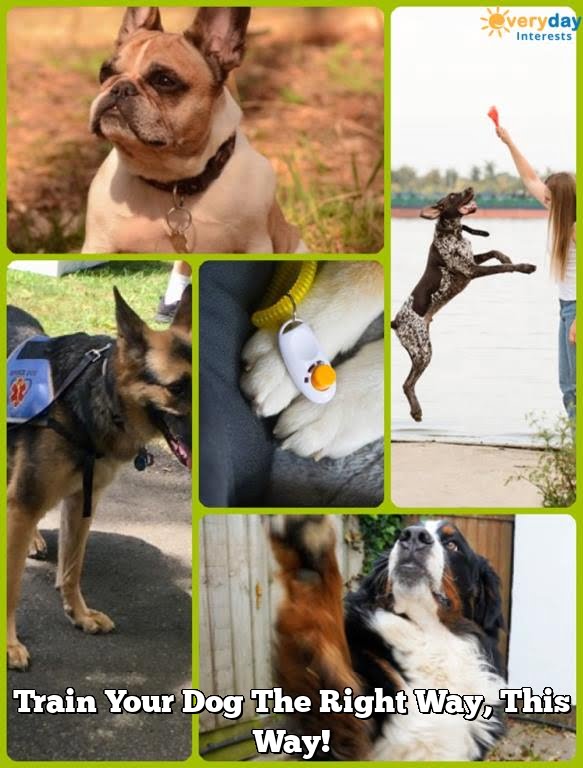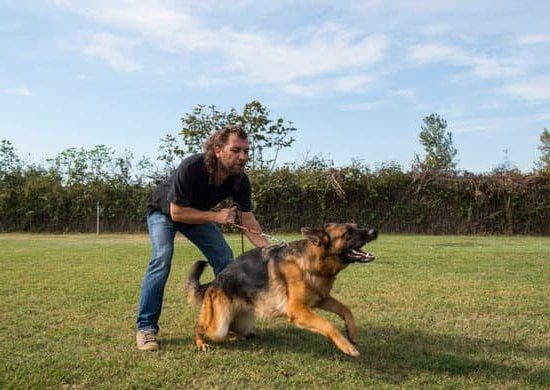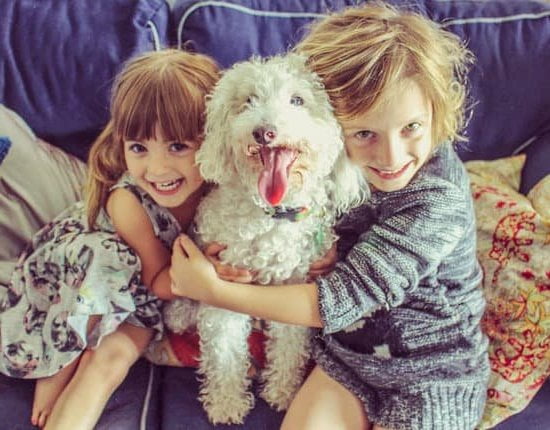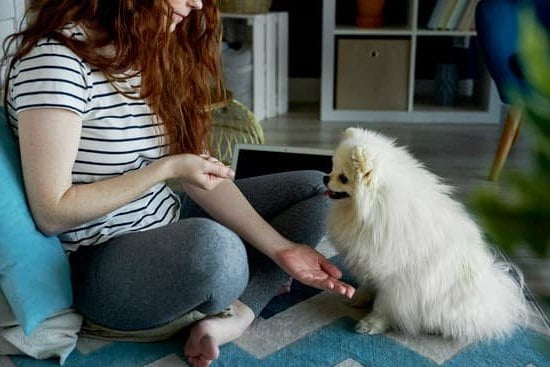It is never too late to train an older dog. However, it is important to take into account the dog’s age and physical condition when starting a training program.
Older dogs may require less vigorous exercise than younger dogs. A regular daily walk is usually enough for an older dog.
When training an older dog, it is important to keep sessions short and positive. Older dogs can become easily frustrated or tired. Use lots of treats and positive reinforcement to keep your dog motivated.
Some basic commands that are easy to train an older dog are sit, stay, come, and down. Start with one command at a time and gradually increase the number of commands your dog knows.
If your older dog is having trouble learning a new command, don’t get frustrated. Just take a break and try again later. Older dogs can still learn new things, it just may take a little longer.
Following these tips will help you successfully train your older dog.
House Train Older Dog
One of the most important things you can do for your older dog is to house train her. If your dog is used to going outside to relieve herself, she’ll likely continue to do so even as she gets older. If, however, she’s never been house trained, now is the time to start.
There are a few things you can do to help make the process easier. For starters, make sure your dog has plenty of opportunity to go outside. If she’s only able to go out once a day, she may hold her urine and bowel movements for the rest of the day, which can lead to accidents in the house.
Additionally, be sure to give your dog plenty of positive reinforcement when she goes to the bathroom outside. This could include treats, petting, or verbal praise. If your dog has an accident in the house, don’t punish her. Simply clean it up and start over with positive reinforcement.
It may take a while, but with patience and perseverance, you can successfully house train your older dog.
How To Train A Older Dog To Use Pee Pads
Are you struggling to house train your older dog? If so, you’re not alone. Many dog owners find it difficult to train an older dog to use pee pads. However, with a little patience and some training tips, it is possible to successfully train your older dog to use pee pads.
The first step in training your older dog to use pee pads is to get them comfortable with the idea of using the pads. You can do this by placing a pee pad in a designated spot in your home and rewarding your dog when they use the pad. If your dog is hesitant to use the pad, you can also try putting a little bit of urine or feces on the pad to get them used to the smell.
Once your dog is comfortable using the pee pads, you can start training them to go to the pad on cue. To do this, simply say “pee pad” when you want your dog to go to the pad and reward them when they use it. Be sure to praise your dog and give them a treat when they use the pad, as this will help reinforce the behavior.
If you’re having difficulty getting your dog to go to the pee pad, you can try using a cue such as a food treat or a toy to lure them to the pad. Once your dog is consistently going to the pad on cue, you can start gradually moving the pad to different locations in your home.
It is important to be patient when training an older dog to use pee pads. It may take some time for them to get used to the idea of using the pads. However, with patience and persistence, you can successfully train your older dog to use pee pads.
Crate Training An Older Rescue Dog
There’s a lot of debate on whether or not crate training is an effective way to housebreak an older rescue dog. Some people swear by it, while others feel that it’s cruel and inhumane. The truth is, crate training can be a great way to housebreak an older dog, but it’s not always successful.
The key to crate training an older dog is to make sure that the crate is not seen as a punishment. You want your dog to see the crate as a safe, comfortable place where he can go to relax. Start by putting some of your dog’s favorite toys and treats in the crate, and let him explore it on his own. Once he’s comfortable with the crate, you can start using it as a place to housebreak him.
When you first start using the crate, put your dog in for short periods of time, gradually increasing the amount of time he spends in the crate. If your dog starts to whine or bark, don’t let him out until he’s quiet. This will help him learn that the crate is a place of peace and quiet.
If your dog is having a hard time adjusting to the crate, you may want to try using a dog bed or a crate cover to make it feel more comfortable. You can also put a ticking clock in the crate to create the illusion of a safe and cozy den.
Crate training can be a great way to housetrain an older dog, but it’s not always successful. If your dog isn’t adjusting well to the crate, try using a dog bed or a crate cover to make him more comfortable.
How To Kennel Train An Older Dog
When it comes to kennel training an older dog, there are a few things to keep in mind. For one, an older dog may not have the same level of energy as a younger dog, so you’ll need to be patient and take things at their pace. Additionally, you’ll want to make sure that your dog feels comfortable and safe in their kennel. Here are a few tips for kennel training an older dog:
1. Start by gradually introducing your dog to the kennel. Put their food and water bowls inside the kennel, and leave the door open so they can explore at their own pace.
2. Once your dog is comfortable going into the kennel, start closing the door for short periods of time. Gradually increase the amount of time they spend in the kennel.
3. Make sure your dog has plenty of toys and treats to keep them occupied while they’re in the kennel.
4. If your dog seems anxious or uncomfortable in the kennel, try putting a blanket or some other soft item inside to make it more comfortable.
5. Reward your dog for entering and exiting the kennel calmly. Positive reinforcement will help them to associate the kennel with good things.

Welcome to the blog! I am a professional dog trainer and have been working with dogs for many years. In this blog, I will be discussing various topics related to dog training, including tips, tricks, and advice. I hope you find this information helpful and informative. Thanks for reading!

